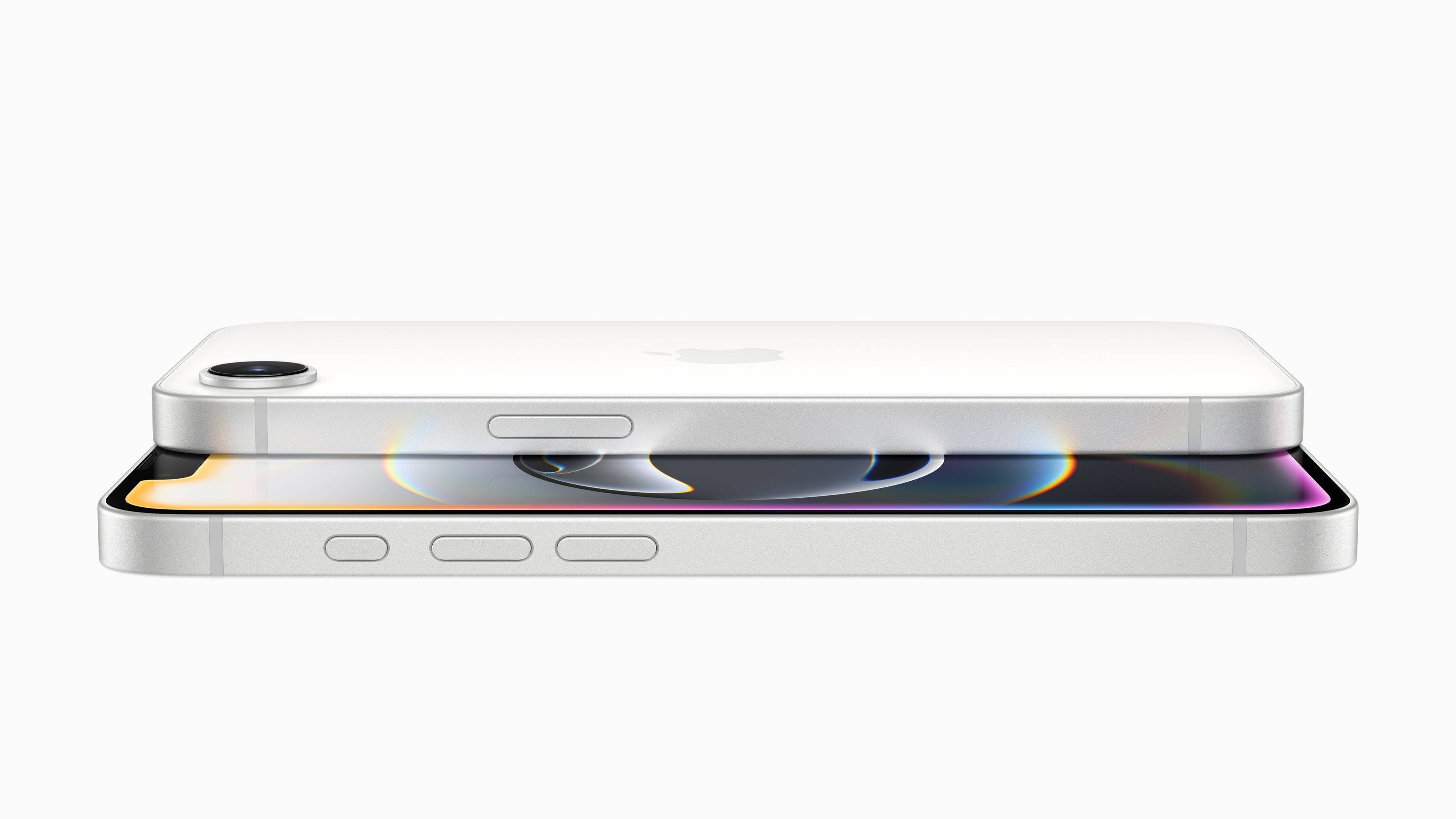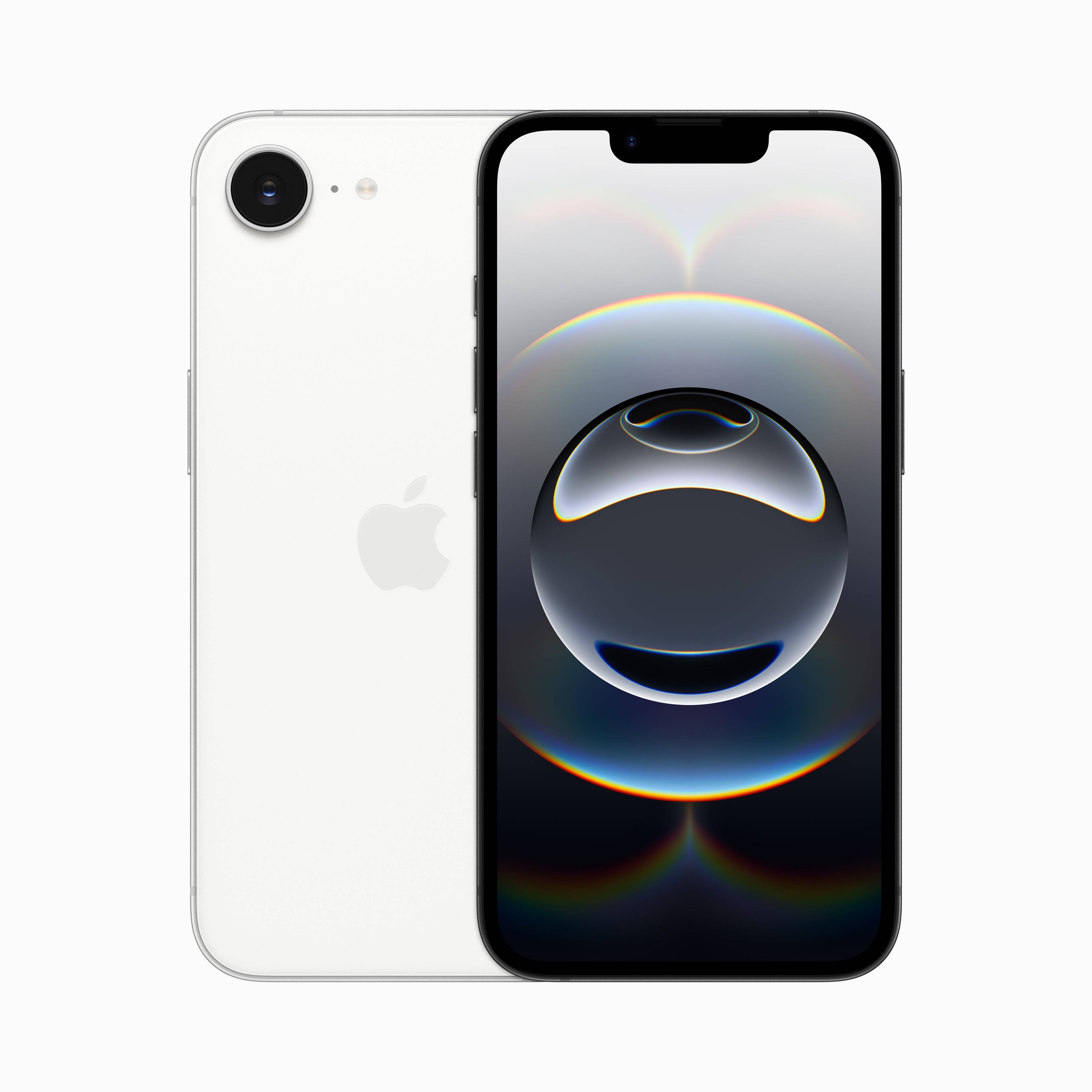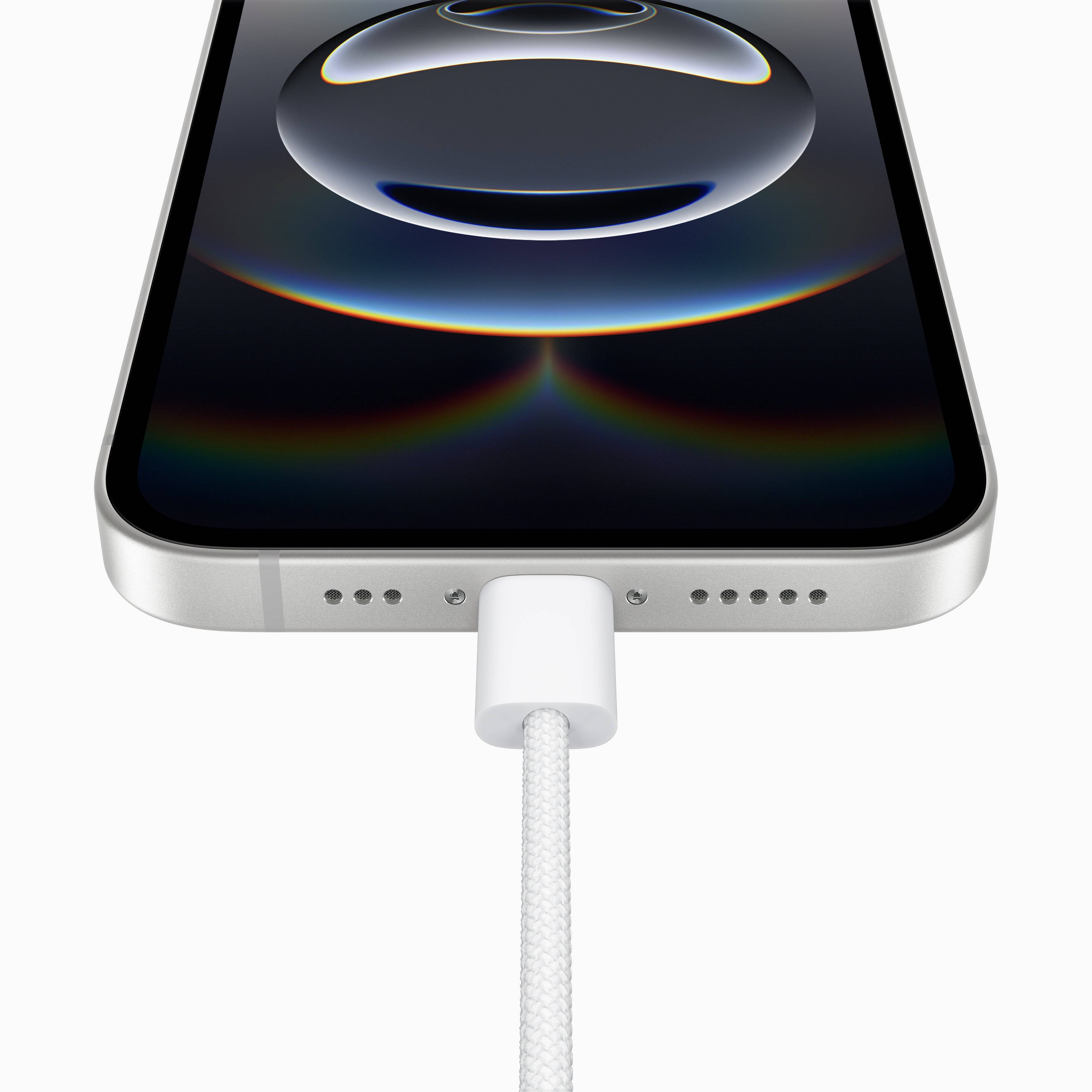On Wednesday morning, Apple unveiled the iPhone 16e, now the most affordable option in their current lineup. This new model replaces the 2022 iPhone SE as the go-to budget choice, though it represents a shift from the substantial price reductions the SE series was known for. The iPhone 16e starts at $599, significantly closing the gap with the $799 iPhone 16 launched last fall. Pre-orders begin on Friday, Feb. 21, with the phone hitting stores the following week on Friday, Feb. 28.
The iPhone 16e introduces Apple's new C1 cellular modem, marking the company's foray into in-house modem technology. Apple has seen great success with its proprietary chips, like the M1 and subsequent models in computers, and the A-series in mobile devices. The modem is a crucial component, often overlooked, and any shortcomings with the C1 could lead to connectivity issues. Hopefully, Apple has learned from past mistakes, such as the "Antennagate" incident with the iPhone 4, and ensured robust connectivity for the iPhone 16e.
iPhone 16e

 4 Images
4 Images

From the front, the iPhone 16e closely resembles the iPhone 14. It features a 6.1-inch OLED display with a 2532x1170 resolution and a peak brightness of 1,200 nits. While not as sharp or bright as the iPhone 16, the iPhone 16e includes the Action button and a USB-C port, though it lacks the Camera Control feature.
The rear design sets the iPhone 16e apart with a single 48MP camera, akin to the iPhone SE. While this camera shares similarities with the iPhone 16's main camera, certain advanced features like sensor-shift stabilization, the latest Photographic styles, and adjustable focus in portrait mode are exclusive to the higher-end model. The front-facing camera, however, is identical and includes Face ID.
The phone is encased in aluminum with a glass back and Apple's Ceramic Shield on the front. Although Apple touts Ceramic Shield as "tougher than any smartphone glass," it's worth noting that newer versions of Ceramic Shield claim to be "two times tougher." This raises questions about the durability of the Ceramic Shield used in the iPhone 16e, especially given the wear observed on the iPhone 16 during reviews.
Internally, the iPhone 16e demonstrates Apple's strategy of product differentiation. While it uses an "A18" chip like the iPhone 16, it comes with a 4-core GPU compared to the iPhone 16's 5-core GPU. Despite this, the Neural Engine remains intact, allowing access to Apple Intelligence features.
The iPhone 16e, priced at $599, marks a compromise from Apple's more expensive models. It doesn't carry as significant a discount as the early iPhone SE models, which launched at $429 with the same chip as the $799 iPhone 13 at the time. While the iPhone 16e's design is more contemporary than the SE's, its higher price may challenge Apple in attracting buyers outside their ecosystem, especially with strong Android competitors like the OnePlus 13R around the $600 mark.

 Related Articles
Related Articles
 Oct 24,2025
Oct 24,2025


 Latest Downloads
Latest Downloads
 Downlaod
Downlaod














